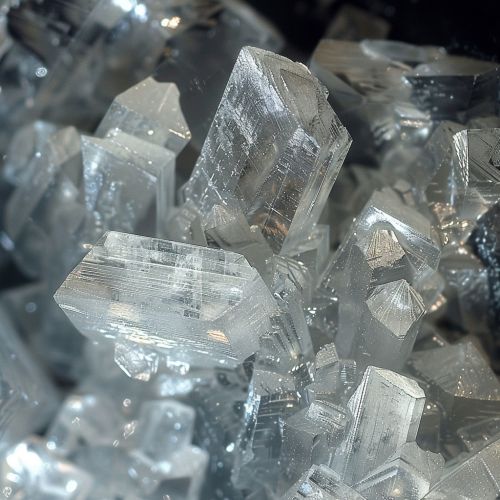Alumina
Introduction
Alumina, or Aluminium oxide, is a white or colorless crystalline compound that is widely used in industrial applications due to its hardness and resistance to heat and chemicals. It is the most commonly occurring of several aluminium oxides, and is identified as aluminium(III) oxide. It is commonly called alumina and may also be called aloxide, aloxite, or alundum depending on particular forms or applications.
Properties
Alumina is an electrical insulator but has a relatively high thermal conductivity for a ceramic material. It is chemically stable and has excellent dielectric properties. Alumina is also known for its strength and stiffness; it has a high melting point and excellent mechanical strength. The compound is insoluble in water and organic solvents, and is very hard, ranking a 9 on the Mohs scale of mineral hardness.


Production
Alumina is produced from bauxite, an ore that is mined from topsoil in various tropical and subtropical regions. The Bayer process, discovered in 1887, is the primary method by which alumina is extracted from bauxite. To produce pure alumina, the Bayer process is followed by the Hall–Héroult process, a method of electrolysis, or by the Bayer process followed by precipitation.
Uses
Alumina is used in a wide variety of applications, including the production of aluminum, abrasives, furnace linings, and ceramics. In addition, it is used in the manufacturing of gas turbine engines, electronic devices, cutting tools, and artificial joints for the medical industry. Alumina is also used in the production of aluminum smelting and the production of ceramics and refractories.
Health and Safety
Exposure to alumina dust in the workplace can lead to various health effects. Inhalation of the dust can cause irritation to the nose, throat, and lungs, and high levels of exposure may cause fibrosis. Skin contact with alumina dust can cause skin irritation, and eye contact can cause temporary or permanent eye damage. However, alumina is not considered a carcinogen, and the primary health risks associated with alumina are due to its physical properties rather than its chemical properties.
Environmental Impact
The production of alumina from bauxite ore is a major source of carbon dioxide emissions. In addition, the disposal of red mud, a byproduct of alumina production, can have significant environmental impacts. However, efforts are being made to find uses for red mud, such as in the production of building materials or as a source of rare earth elements.
